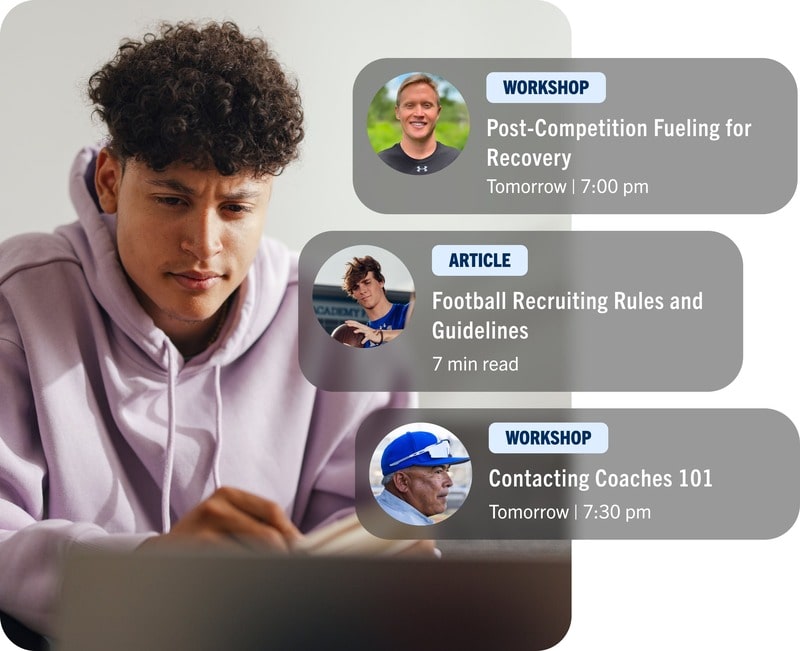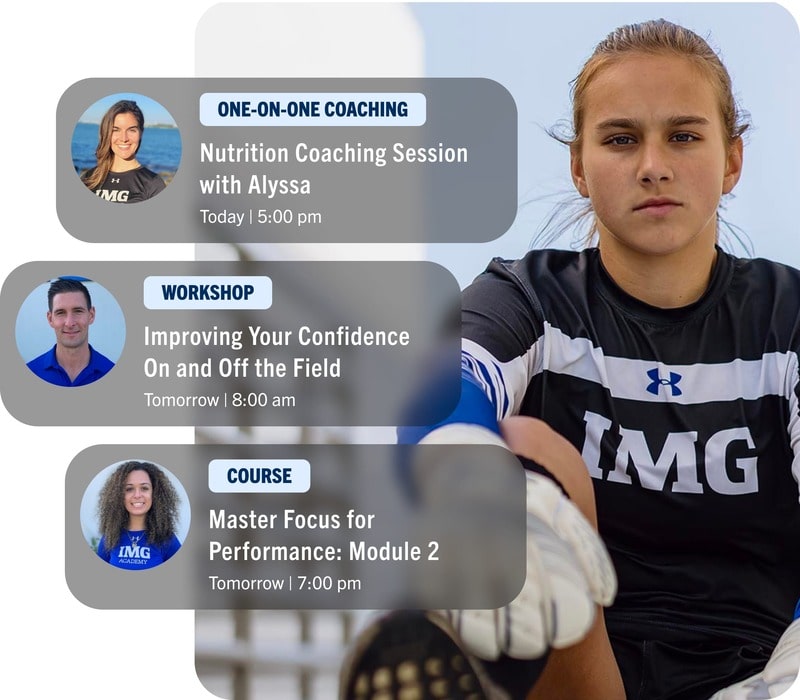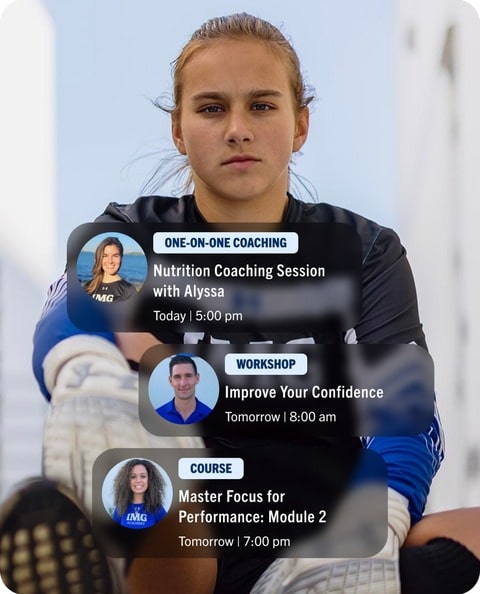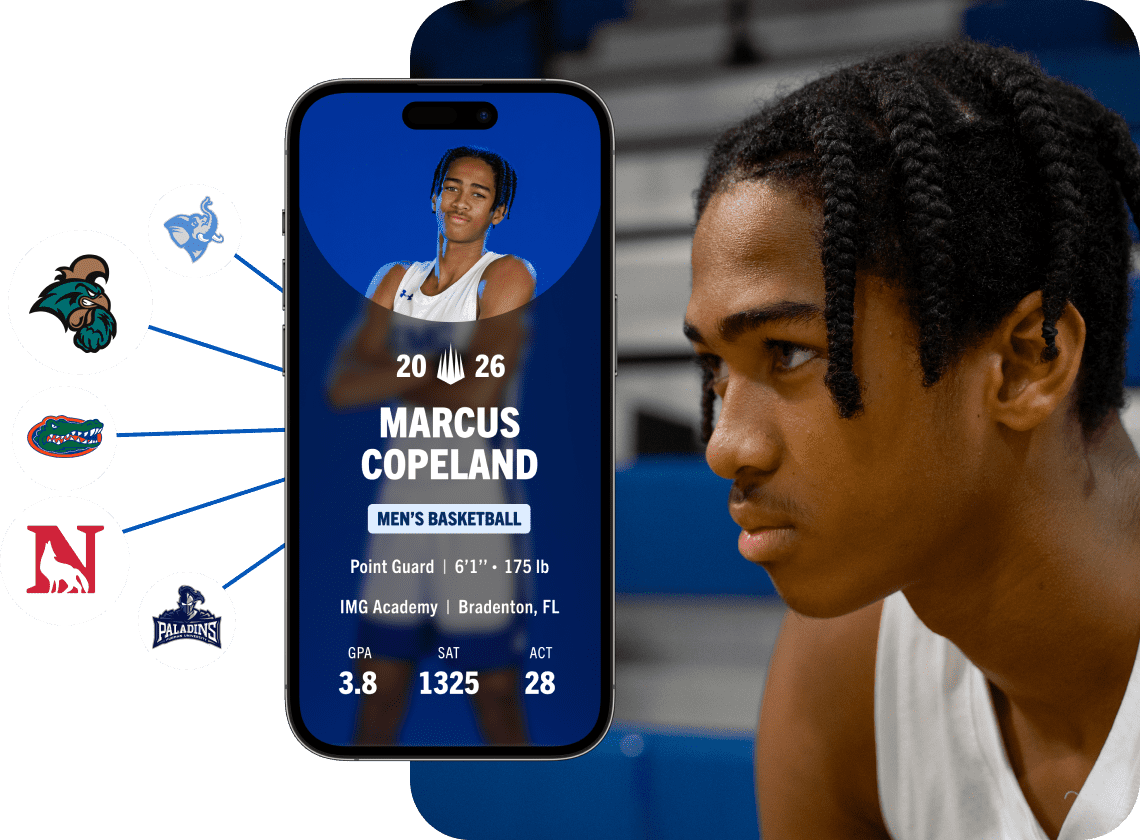

Help Your Student-Athletes Compete at the Next Level

The Leader In Sports Development, Recruiting And Education
As a club or high school coach, you’ve poured hours into helping your athletes perform their best. With NCSA’s recruiting and development education, group workshops and one-on-one coaching, your team can get access to the tools that can help each player perform at their best and navigate their future.
We also offer a free weekly newsletter for student-athletes and their support system with recruiting and athlete development information, key deadlines and events.
Sign Up for the NCSA Newsletter
ATHLETE Education
Gain Knowledge from the Experts

UNMATCHED RECRUITING & DEVELOPMENT EDUCATION
Your athletes want to play their sport in college, but do they know what steps to take? NCSA offers education on every step of the recruiting process including:
- What to expect starting in their freshman year
- Guides to contacting college coaches, navigating the changing recruiting landscape and more
Interested in Recruiting & Development Education?
DEVELOPMENTAL Coaching
Help Your Athletes Be Ready for Any Moment, On Or Off the Field


Workshops, Courses and Drills For Your Athletes’ Future
From gaining confidence to sport specific drills and NIL education, join workshops and courses led by IMG Academy+ Development experts.
Check out img academy+
RECRUITING TOOLS
Exposure to Every College Coach

ONLINE FEATURES THAT GET ATHLETES RECRUITED
An NCSA profile makes student-athletes more likely to be discovered by the right college coaches and gives them the tools to track coach communication, search for a college that fits best and upload highlight videos, transcripts and competition schedules.
How NCSA Helps Student-Athletes
Sophie Scott, a DI volleyball player, used NCSA’s college search tool and advice from her recruiting coach to find the right school for her.





